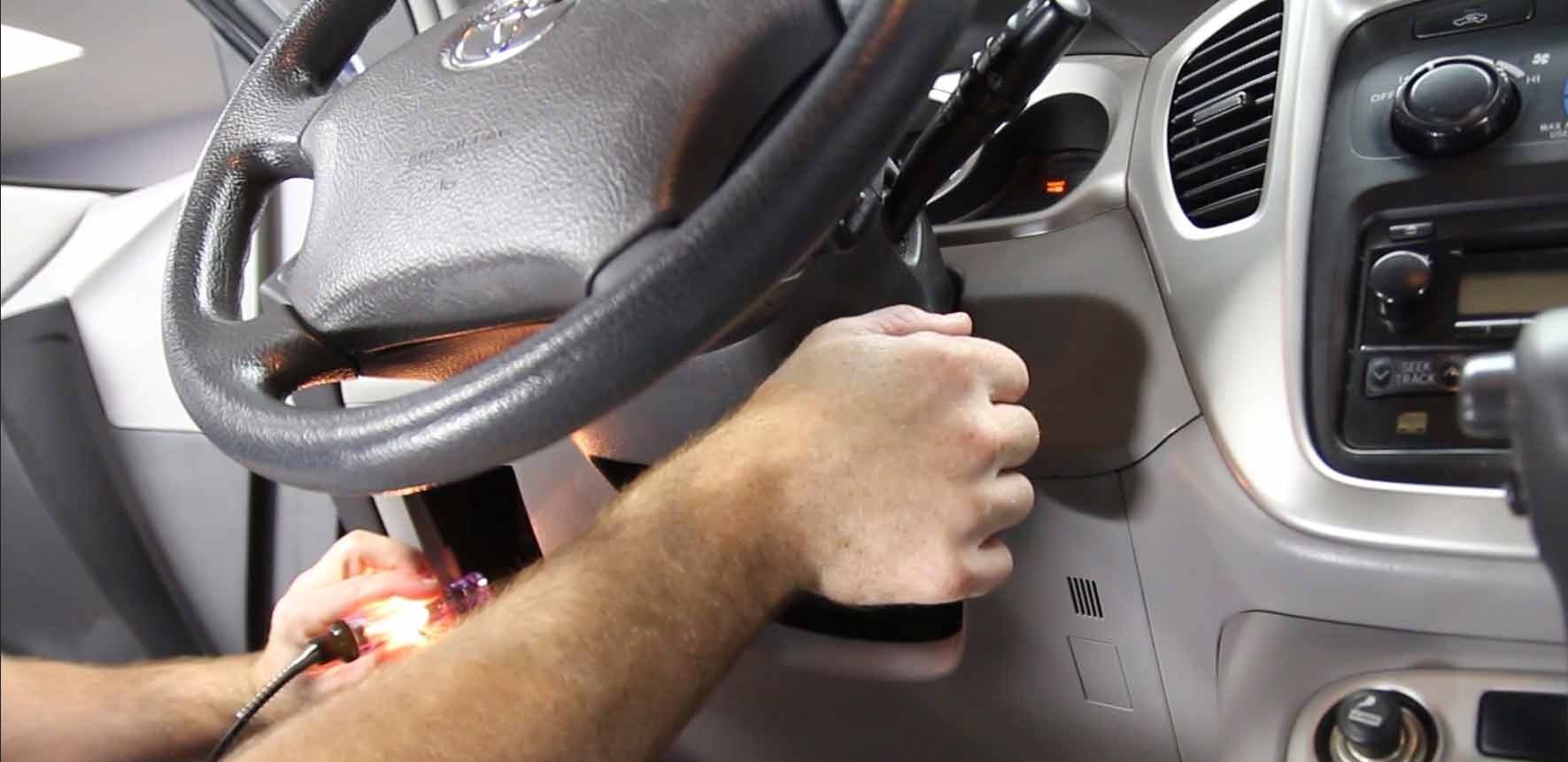Finding the Right Ignition Fuse – Powering Accessories the Smart Way
When it comes to installing accessories like starlight headliners, ambient lighting, or dashcams, finding the right ignition power source is crucial. This guide will help you understand the differences between ignition power and constant power, how to locate ignition fuses safely, and tips for ensuring a successful installation.
What is Ignition Power vs. Constant Power?
In automotive electrical systems, understanding the difference between ignition power and constant power is essential:
- Constant/Hot Fuses: These fuses remain powered even when the car is off, providing a continuous power source for accessories.
- Ignition-Switched Fuses: These fuses are only powered when the ignition is in the ACC or ON position, making them ideal for accessories that should not drain the battery when the vehicle is parked.
Choosing ignition fuses helps prevent battery drain and ensures that accessories do not run while the car is parked, providing peace of mind for vehicle owners.
Understanding Power Cycles in Modern Vehicles
Modern vehicles operate on a variety of power cycles, including:
- ACC, ON, Start Cycles: These are the traditional power states that most vehicles follow.
- Wake States: Newer cars, especially European or luxury brands, may have wake states, retained accessory power, or smart power modules that keep certain circuits active for a short time after the vehicle is turned off.
- Delayed Shutoff: Some fuses, such as those for infotainment systems, may not cut off instantly, allowing for a smoother user experience.
Understanding these power cycles is essential for ensuring that your accessories function correctly without causing issues with the vehicle's electrical system.
Best Places to Find Ignition Fuses
When searching for ignition fuses, there are several common locations to check:
- Cabin Fuse Box: Often located behind the dash panel (driver side), passenger kick panel, or under the glovebox. This is usually the first place to check for ignition power.
- Trunk Fuse Box: Common in German vehicles like BMW, Audi, and Mercedes, this location may also house ignition fuses.
- Engine Bay Fuse Box: This is often a last resort for ignition power. Be cautious of moisture and long routing when using this option.
To test fuses, use a test light or multimeter to probe fuses in both ON and OFF modes, ensuring you find the correct ignition source.
Understanding Wake State Behavior
Many modern cars have circuits that “wake up” when doors are opened, the key is near, or the CANbus detects activity. This can lead to false readings when testing for ignition power.
To avoid this, test only when the car is fully asleep, typically around 10 minutes after locking. Be aware that CAN modules and the Body Control Module (BCM) may power down accessories long after the key is removed, so timing is essential.
Tips and Tricks
Here are some helpful tips for finding ignition power safely:
- If unsure, reference owner manual diagrams or use tools like the Power Probe for accurate testing.
- Label your fuse taps to avoid confusion during future work.
- Consider piggybacking onto reliable circuits like the rear wiper, blower motor, 12V accessory, or HVAC for ignition sources.
- Avoid tapping into fuses related to airbags, radar, ADAS, brake controllers, and ECU at all costs to prevent triggering issues.

